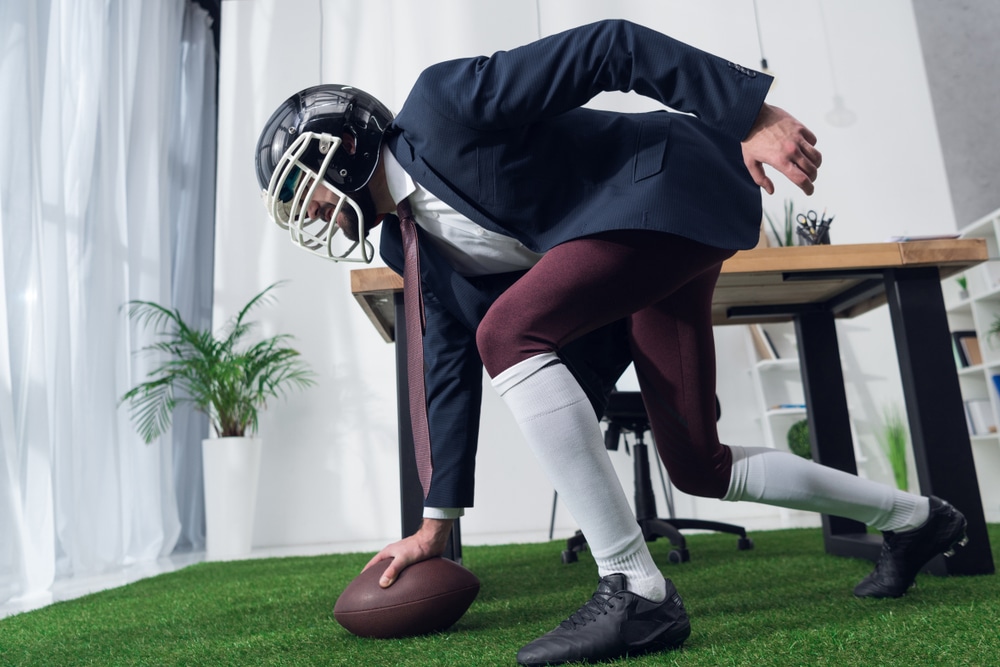The Kansas City Chiefs and the Philadelphia Eagles were scheduled to face off on the Biggest Stage, but it looked more like they were facing off on the Biggest Ice Rink. Both teams appeared to slip and slide across the nearly $800,000 turf, drawing significant media attention and criticism from fans about the field conditions. Indeed, multiple players changed their cleats in a futile effort to gain more traction.
What would happen While Eagles’ coach Nick Sirianni was careful not to blame the game’s outcome on the field conditions, the situation got my employment lawyer brain thinking about workplace safety. What would happen if such slick conditions permeated the average American workplace?
According to the Rule Book…
Per the Occupational Safety and Health Administration’s (OSHA) stated mission, “Congress created [OSHA] to ensure safe and healthful working conditions for workers by setting and enforcing standards and by providing training, outreach, education, and assistance.” OSHA, which is part of the U.S. Department of Labor, maintains general industry regulations on walking and working surfaces to guard against hazards and prevent injuries from slips, trips, falls, and other workplace accidents.
While OSHA has no formal training requirements specific to slips, trips, and falls, employers are expected to train employees to recognize and avoid unsafe working conditions. Employers are further required, in part, to:
Employers are further required, in part, to:
- Ensure that walking/working surfaces are inspected regularly and maintained in a safe condition.
- Ensure that hazardous conditions on walking/working surfaces are corrected or repaired before employees use the surfaces again.
- Ensure that, if the correction/repair cannot be made immediately, the hazard is guarded to prevent employees from using that surface until it is corrected/repaired.
- Ensure that, when any correction or repair involves the structural integrity of the walking/working surface, a qualified person performs or supervises the correction or repair.
Gameday Preparation
According to OSHA and the Bureau of Labor Statistics, slips, trips, and falls cause nearly 700 fatalities per year, not to mention the numerous more common types of nonfatal workplace injuries like sprains, strains, scrapes, cuts, and bruises. To help prevent accidents and injuries, the agency maintains recommended training materials and training tips for employers.
These materials are informative, but it is also important for employers to regularly emphasize that employees must wear proper footwear in the workplace, use proper signage when a hazard or spill is present, ensure spills and hazards are promptly addressed, promptly remove caution signage once such issues are resolved, and take care to arrange for proper lighting and housekeeping overall.
While a yellow caution sign on the field would have been quite a sight, even a change in footwear did not seem to do the players much good in Sunday’s game. Regardless, the field conditions certainly did not stop the fans from enjoying the game in person and on the small screen.
To sum things up: cost of a ticket to The Big Game = $6,000 to $27,500; cost of premium turf carefully cultivated for nearly 2 years = $800,000; warm, fuzzy feelings from watching Donna Kelce hug her boys, Travis and Jason, after watching them face off on the field = priceless.
The post Slipping and Sliding Through the Big Game and Workday appeared first on HR Daily Advisor.
